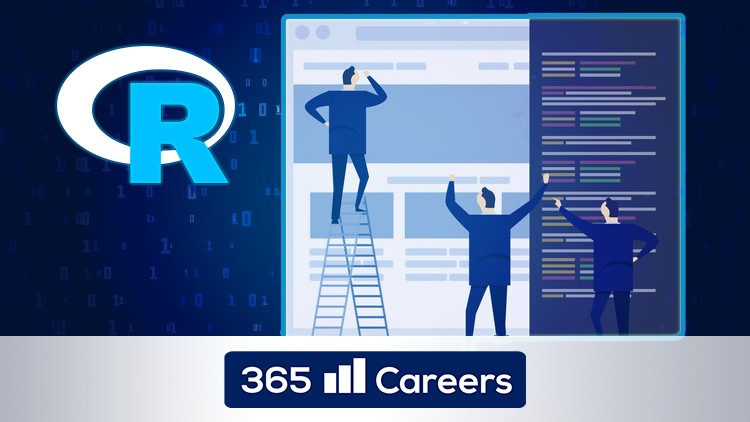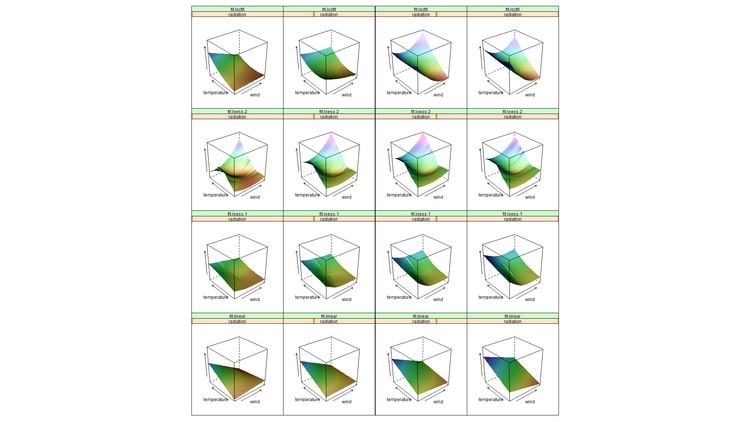Course overview
- Provider
- Udemy
- Course type
- Paid course
- Level
- All Levels
- Duration
- 11 hours
- Lessons
- 89 lessons
- Certificate
- Available on completion
- Course author
- Geoffrey Hubona, Ph.D.
-
- Understand how to create and manipulate R data structures used in scientific programming applications.
- Understand and use important statistical R programming concepts such as looping and control structures, interactive data input and formatting output, writing functions as programs, writing output to a file and plotting output.
- Understand and be able to use the R apply family of functions efficiently.
- Know how to debug programs and how to make programs run more efficiently.
- Understand and be able to implement various resampling methods effectively, including bootstrapping, jackknifing and N-fold cross validation.
Description
Programming Statistical Applications in R is an introductory course teaching the basics of programming mathematical and statistical applications using the R language. The course makes extensive use of the Introduction to Scientific Programming and Simulation using R (spuRs) package from the Comprehensive R Archive Network (CRAN). The course is a scientific-programming foundations course and is a useful complement and precursor to the more simulation-application oriented R Programming for Simulation and Monte-Carlo Methods Udemy course. The two courses were originally developed as a two-course sequence (although they do share some exercises in common). Together, both courses provide a powerful set of unique and useful instruction about how to create your own mathematical and statistical functions and applications using R software.
Programming Statistical Applications in R is a "hands-on" course that comprehensively teaches fundamental R programming skills, concepts and techniques useful for developing statistical applications with R software. The course also uses dozens of "real-world" scientific function examples. It is not necessary for a student to be familiar with R, nor is it necessary to be knowledgeable about programming in general, to successfully complete this course. This course is 'self-contained' and includes all materials, slides, exercises (and solutions); in fact, everything that is seen in the course video lessons is included in zipped, downloadable materials files. The course is a great instructional resource for anyone interested in refining their skills and knowledge about statistical programming using the R language. It would be useful for practicing quantitative analysis professionals, and for undergraduate and graduate students seeking new job-related skills and/or skills applicable to the analysis of research data.
The course begins with basic instruction about installing and using the R console and the RStudio application and provides necessary instruction for creating and executing R scripts and R functions. Basic R data structures are explained, followed by instruction on data input and output and on basic R programming techniques and control structures. Detailed examples of creating new statistical R functions, and of using existing statistical R functions, are presented. Boostrap and Jackknife resampling methods are explained in detail, as are methods and techniques for estimating inference and for constructing confidence intervals, as well as of performing N-fold cross validation assessments of competing statistical models. Finally, detailed instructions and examples for debugging and for making R programs run more efficiently are demonstrated.
Similar courses

-
6 hours
-
53 lessonsCertificate

-
11 hours
-
82 lessonsCertificate


